The 10 Biggest Cisco Stories Of 2017
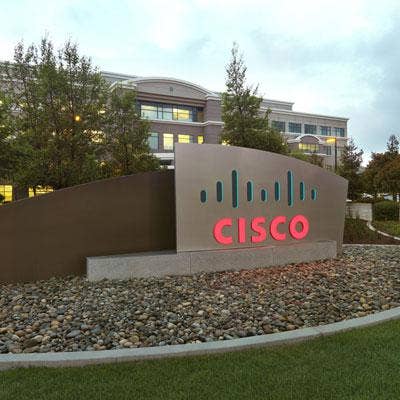
What A Year It Was For Cisco
Shortly after Chuck Robbins took the helm of Cisco in 2015, he said the networking giant needed to move "faster, faster, faster, faster." This year, Robbin's vision of pushing the innovation pace into overdrive was achieved as the San Jose, Calif.-based network leader launched its redefining "new network," spent billions on acquisitions and dramatically increased its differed revenues in a move to become a software, services-centric company.
However, Cisco did hit some serious road bump in 2017 as its networking market share continued to slip, a faulty clock component inside popular products had channel partners in an uproar, and former longtime CEO John Chambers officially let go of the company he spent 26 years building. CRN breaks down the ten most significant Cisco news stories of 2017.
Get more of CRN's 2017 tech year in review.

10. Cisco Channel Makeover
Cisco has been evolving its channel programs, trainings and certifications over the past few years as the networking giant strives to become a software and services-centric vendor. Cisco quickened the pace in 2017 by streamlining its Partner Program, adding a slew of new certifications as well as a new Continuing Education Program for partners that cut out the need to keep taking certification exams. Cisco strived to boost partner skillsets around areas like application development and network programmability while providing new training and specializations around Cisco's bullish Digital Network Architecture (DNA) and Network Intuitive platforms. For the first time in years, Cisco also added a new certification level to its partner program, Cisco Global Gold, in a move to better support global customers.
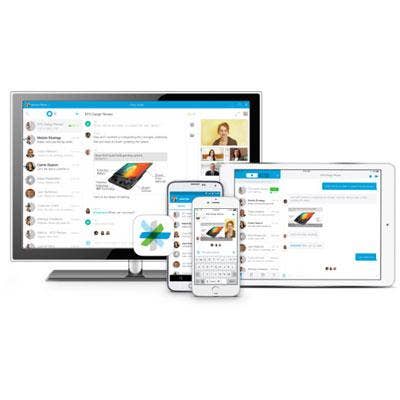
9. Spark Innovation Engine Roars
Cisco Spark has come a long way since its humble beginnings in 2015 as a cloud-based application that created virtual rooms for people to connect.; Spark's leader Rowan Trollope, senior vice president and general manager for Cisco's IoT and Collaboration Technology Group, revved up the innovation engine around Spark in 2017 unlike ever before injecting the platform with artificial intelligence, new services, and hardware, as well as significantly expanding the use cases for Spark. Most recently, Cisco unveiled an enterprise-ready voice assistant solution aimed to bring popular consumer products like Amazon Echo into the business world but with "more power."
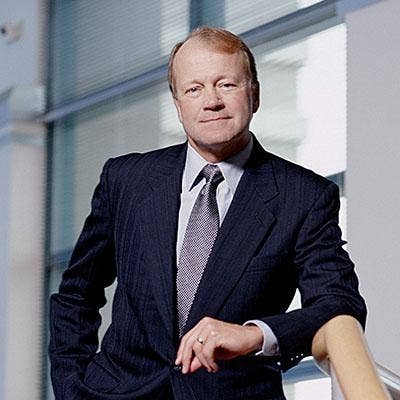
8. John Chambers Leaves Cisco
After 26 years of building the most powerful networking company in the world, Cisco chairman and former longtime CEO John Chambers announced in September that he would not seek re-election to the board of directors, meaning he will no longer have a role inside the vendor. Chambers served as CEO for Cisco from January 1995 to July 26, 2015.
"I cannot be prouder of what we built: from the culture, to the customer trust, to the country digitization, to the product leadership, I could go on and on. But it is the right time for a change to occur for me and for the company," said Chambers in an email to Cisco's board of directors.
When Chambers term expired on Dec. 11, the board appointed CEO Robbins as chairman. Chambers joined Cisco in 1991 as head of sales and has been a member of the board since 1993. As CEO, he grew the company from a $1.2 billion business to $47 billion in the fiscal year 2015.
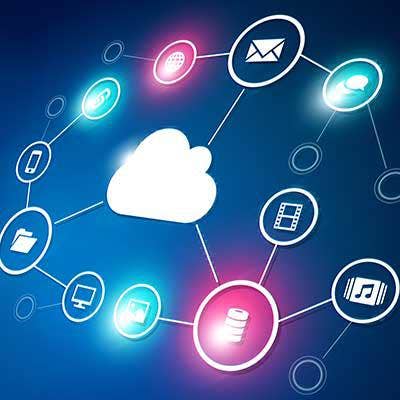
7. Double Down On SD-WAN
This year was a groundbreaking year for software-defined WAN as the technology began to make its way into the mainstream market. Cisco was already selling several SD-WAN offerings, including Intelligent WAN (IWAN) and Meraki, but doubled down with the acquisition of SD-WAN superstar Viptela for $610 million in May. Viptela was one of the leading SD-WAN startups, providing technology to many Fortune 500 companies and carriers like Verizon with deployments in over 16,000 branch offices. Cisco will combine Viptela's cloud-first management, orchestration, and overlay technologies with its ISR and ASR routers as well as with Cisco DNA Center, setting itself up to be an SD-WAN market leader for years to come.

6. AI, Machine Learning Front And Center
The network leader placed some big bets on artificial intelligence and machine learning in 2017 by acquiring machine learning data startup Perspica and AI collaboration specialist MindMeld for $125 million. For the channel, Cisco launched new machine learning and AI-power services, products such as Spark Assistant, and teamed up with McAfee for AI-powered cybersecurity. Partners cheered Cisco's investments, saying the strategy will improve its product portfolio, enable faster innovation and help make the company become a leader in the growing Internet of Things market.
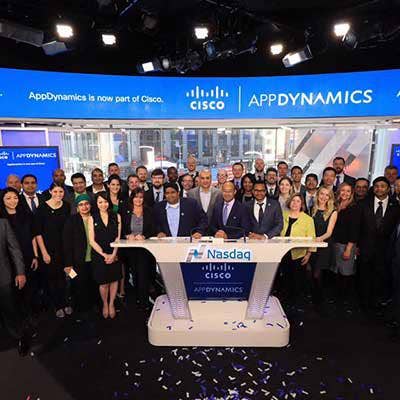
5. API Channel Charge With $3.7B AppDynamics Buy
Cisco's most expensive acquisition in years came early in 2017 with the purchase of AppDynamics for a whopping $3.7 billion. The cloud application performance and management specialist was on the brink of an IPO when Cisco acquired it with plans to build the next software franchise from AppDynamics. The acquisition was part of company's massive API offensive in 2017 as partners began to better leverage Cisco APIs to evolve into the next generation of solution providers. In August, AppDynamics launched its new stand-alone Titan Partner Program aimed to boost application skill sets inside the Cisco channel community.

4. Cisco Google
Cisco's most significant cloud news of 2017 came from its blockbuster partnership with Google aiming to provide Cisco with a bridge to next-generation public cloud technologies such as Kubernetes. CEO Robbins said the partnership gives customers "the very best cloud has to offer – cloud speed and scale, coupled with enterprise-class security and support." The Cisco and Google Cloud hybrid cloud offering, which will become available in the second half of 2018, enables developers to combine emerging Google Cloud services with Cisco on-premises networking, hyper-converged, and security offerings. Google Cloud leader Diane Greene took center stage alongside Robbins at Cisco Partner Summit 2017 in November to tell partners that the search giant will depend on Cisco channel partners to drive the new joint solution in 2018.

3. Networking Market Share Dropping
Cisco's worldwide networking market share dominance continue to slip by single digits year over year in 2017 for both switching and router. The network leader also saw share loss this year in the global wireless LAN market. Although Cisco is still the largest networking vendor by revenue in the world by a large margin, competitors like Huawei, Arista Networks, and Aruba, a Hewlett Packard Enterprise company, stole some share from the networking giant this year. Cisco understands that the market is shifting away from expensive network infrastructure in favor of software-defined, cloud and in some cases white-box hardware, which sets up an interesting 2018 for the longtime networking leader.

2. Faulty Component Hits Cisco Hardest
In early 2017, Cisco disclosed that multiple product lines – including its popular Nexus switches, ASA firewalls and Meraki cloud-based managed switches – contain a faulty clock signal component that causes the systems to degrade over time and fail after 18 months or longer in production. The faulty component inside was later identified as the Intel C2000 Atom processor. The networking giant caused an uproar in the channel as Cisco declined to cover on-site services costs for partners who were proactively swapping out the affected Cisco equipment. Cisco also said it would not provide a product replacement if the customer's solution was not under warranty or covered by any valid Cisco services contract. Partners were the ones who shouldered the cost for what amounted to a massive product replacement effort, potentially costing the channel millions. Other vendors like Juniper Networks and HPE were also hit by the faulty component issue but weren't impacted nearly as much as Cisco.
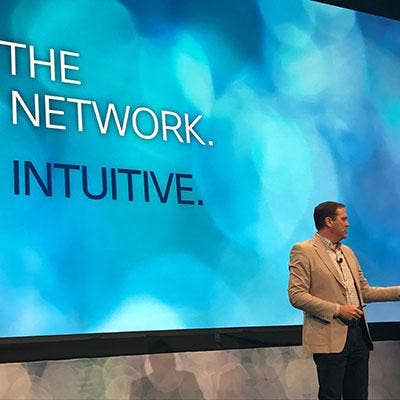
1. The Network Intuitive
Cisco said it created the "new network" that will redefine the networking world for the next 30 years with the launch of its Network Intuitive platform. The platform, which brought intent-based networking into the mainstream audience in 2017, includes a new line of Cisco Catalyst 9000 switches, enhanced IOS software, along with security and analytics offerings. CEO Chuck Robbins said the platform brings Cisco's deferred software revenue and subscription strategy into its core networking portfolio. The Network Intuitive can anticipate actions, stop security threats and continues to evolve and learn over time. Since the launch in June, Cisco's subscriptions-based Catalyst 9000 family have been adopted by more than 1,100 customers. "Our sales teams, partners, and customers are very excited about the architecture," said Robbins, during Cisco's recent earnings call in November. "It's one quarter [in], but as more customers have the opportunity to test, we would hope the platform continues to accelerate."